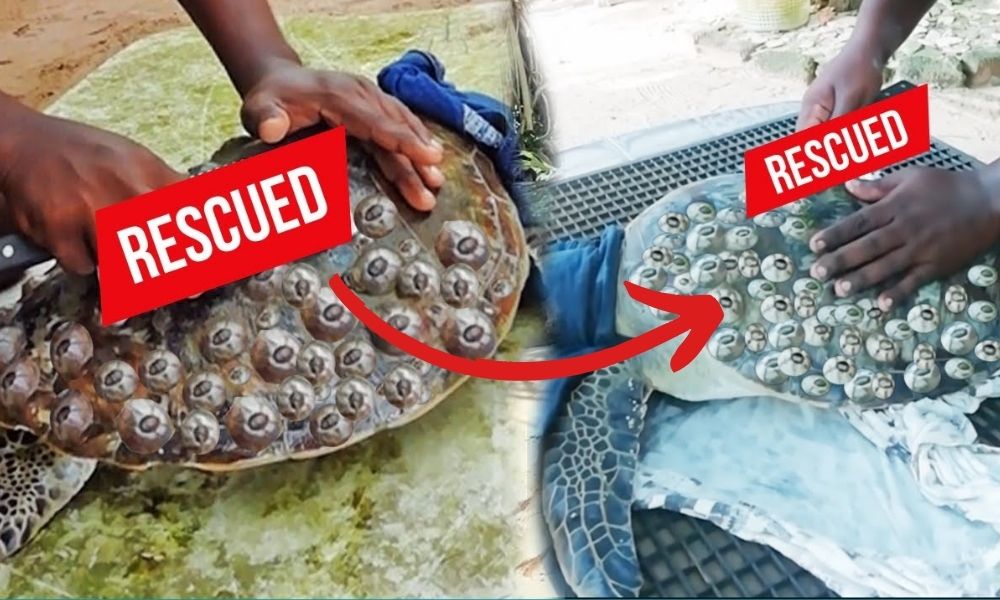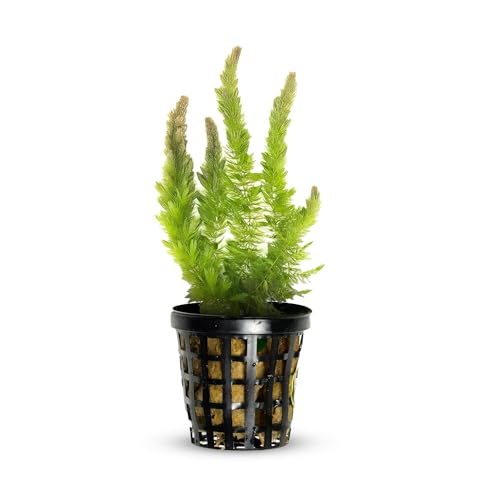Turtles take several years to grow, with the time varying by species and environmental factors. Turtles, fascinating creatures that have roamed the Earth for millions of years, undergo a gradual growth process.
The duration it takes for turtles to reach full size depends on their species, habitat conditions, and access to food resources. Typically, smaller species of turtles may reach maturity in a few years, while larger species can take several decades to fully develop.
Factors such as temperature, food availability, and overall health can influence the growth rate of turtles. Understanding the timeline of turtle growth is essential for their proper care and conservation efforts to ensure their well-being in the wild and captivity.
The Life Cycle Of Turtles
Turtles have a slow growth rate, taking several years to reach maturity. Most species take between 10 to 30 years to reach full size, with the larger species taking the longest to mature. Their growth rate is influenced by factors such as food availability and environmental conditions.
| Egg Development | Hatchling Stage | Juvenile Stage | Adult Stage |
| Turtle eggs take about 60 days to hatch. | Hatchlings are tiny and vulnerable to predators. | During this stage, turtles grow rapidly. | Adult turtles can live for several decades. |
| After hatching, baby turtles make their way to the sea. | They rely on instinct to survive in the wild. | They develop stronger shells and reach reproductive age. | They play crucial roles in maintaining ecosystems. |
Factors Affecting Growth Rate
Turtles can take varying amounts of time to grow, depending on different factors. Species variation plays a significant role in determining the growth rate of turtles. For instance, some species may reach maturity in a few years, while others can take decades. Environmental conditions also have a crucial impact on the growth rate of turtles. Factors such as temperature, humidity, and access to food can influence how quickly turtles grow. Additionally, the feeding habits of turtles can affect their growth rate. A well-balanced diet and access to appropriate nutrition are essential for healthy growth and development.
Average Growth Timeline
Small turtle species, such as the Eastern Box Turtle, take about 4-5 years to reach maturity. In comparison, medium-sized turtle species, such as the Painted Turtle, take around 6-7 years to mature. Large turtle species, such as the Leatherback Sea Turtle, take the longest time to grow, usually around 25 years to reach maturity.
| Turtle Species | Average Time to Maturity |
|---|---|
| Eastern Box Turtle | 4-5 years |
| Painted Turtle | 6-7 years |
| Leatherback Sea Turtle | 25 years |
Implications For Conservation Efforts
Turtles take several years to reach maturity, with the exact time varying among species. This has significant implications for conservation efforts. Protecting nesting sites is crucial in ensuring the survival of turtle populations. Mitigating human impact, such as reducing pollution and minimizing habitat destruction, is essential for their growth. Various conservation initiatives focus on protecting turtles and their habitats, aiming to increase their population and prevent further decline. Understanding the time it takes for turtles to grow is vital in guiding effective conservation strategies and ensuring the long-term survival of these remarkable creatures.
Human Interaction With Growing Turtles
Turtles take a long time to grow, with some species reaching maturity after 20-30 years. Human interaction with growing turtles is often seen in the pet trade, where they are captured for sale. In the wild, encounters with growing turtles are common, but human interference can disrupt their natural development. Conservation programs play a crucial role in protecting and nurturing growing turtle populations, ensuring their survival for future generations.
Challenges In Studying Turtle Growth
Measuring the growth of turtles is a challenging task due to their long lifespan. Turtles can live for several decades, and their growth rate varies over time. Additionally, their seasonal behavior affects their growth rate, as they tend to eat less during the winter months. Studying turtle growth also requires tracking their migration patterns, which can be difficult to do in the wild. Researchers often rely on data from captive turtles to estimate growth rates, but even then, it can take years to gather enough data to draw meaningful conclusions about turtle growth. Despite these challenges, understanding turtle growth is essential for conservation efforts and ensuring the long-term survival of these magnificent creatures.
Future Research Directions
Genetic Studies: Conducting genetic studies on different turtle species can provide valuable insights into their growth rates and developmental processes.
Long-Term Monitoring: Implementing long-term monitoring programs to track the growth and development of turtles in their natural habitats can offer crucial data for understanding their growth patterns.
Climate Change Impact: Investigating the impact of climate change on turtle growth and development is essential for predicting potential alterations in their growth rates and implementing conservation strategies.
Educational Awareness And Outreach
Turtles can take several years to reach full size. Educational programs play a crucial role in fostering understanding and appreciation for these magnificent creatures. Through public engagement, individuals can actively contribute to the conservation efforts for turtles. Awareness campaigns are essential to highlight the importance of protecting turtle habitats and promoting sustainable practices.
Conclusion
Understanding the growth rate of turtles is crucial for their care and conservation efforts. By knowing how long it takes for turtles to reach maturity, we can better protect their habitats. Remember, patience is key when observing the fascinating journey of a turtle’s growth.
Appreciate and protect these amazing creatures.




Leave a Reply